
“The predominant traveler today was born in an age where they are very comfortable with technology,” Harman Singh Narula, Canary Technologies co-founder and CEO, said.
Narula started Canary Technologies with longtime friend SJ Sawhney to provide that technology so hotels can offer better guest experiences, augmented by technology.
Today, the hotel guest management technology company’s platform digitizes the hotel guest journey from post-booking through checkout with tools that manage mobile check-in/checkout, registrations, upsells, guest messaging and digital tipping.
Canary now works with over 20,000 hoteliers globally at brands like Marriott International, Four Seasons, Choice Hotels, Wyndham Hotels & Resorts, Rosewood and Intercontinental Hotel Group.
Though he didn’t give a specific valuation, Narula did say the valuation has now more than doubled since the company’s $30 million Series B round in 2022.
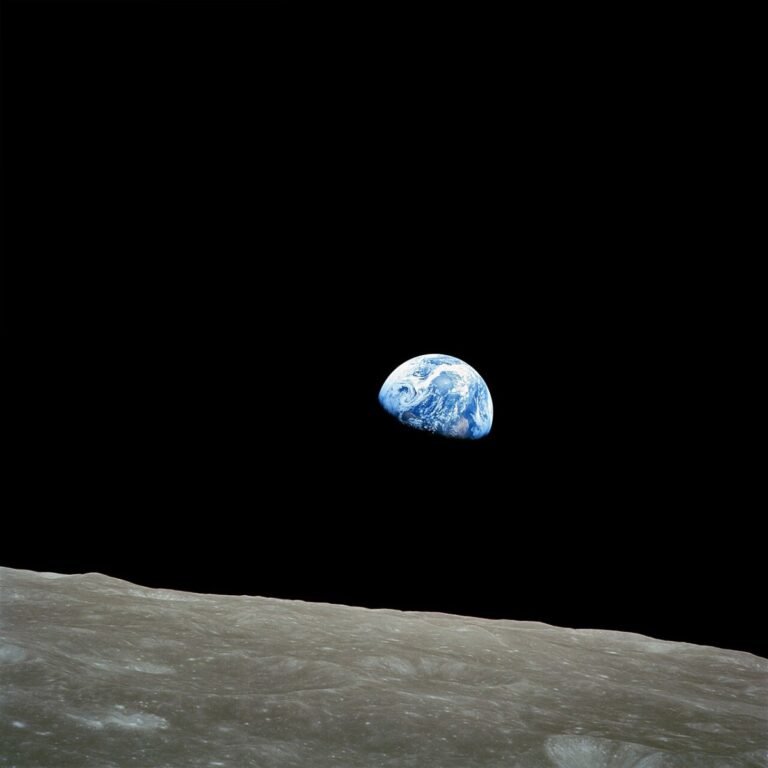
William A. Anders, the astronaut behind perhaps the single most iconic photo of our planet, has died at the age of 90.
On Friday morning, Anders was piloting a small plane that dove into the water near Roche Harbor, Wash. His son Greg confirmed his death.
Anders retired from the Air Force Reserve as a major general, but was a major at the time of the Apollo 8 mission in 1968.
Wow, is that pretty!”The resulting photograph, titled “Earthrise,” captured Earth’s loneliness and fragility in a way that no image ever had before.
“Here we came all the way to the moon to discover Earth,” he said.
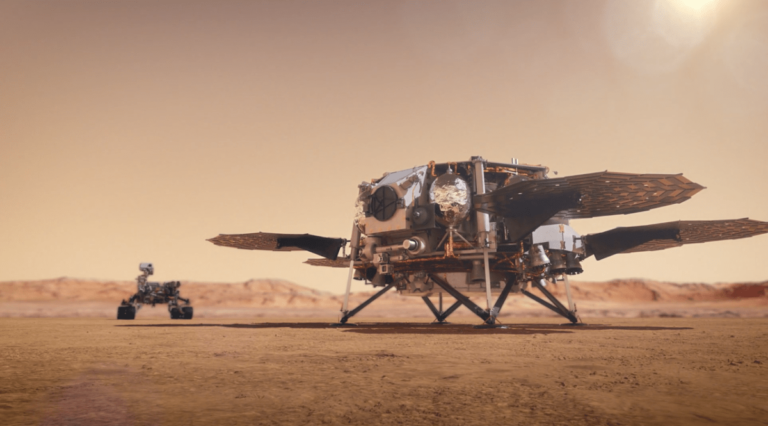
It turns out the space industry has a lot of ideas on how to improve NASA’s $11 billion, 15-year plan to collect and return samples from Mars.
Announced today, NASA has awarded $1.5 million contracts to seven companies to further develop their plans for the revamped Mars Sample Return mission.
According to the request for proposal, studies could be for complete overhauls of the mission design, or for designs that include elements of NASA’s MSR mission or NASA’s Artemis program.
NASA turned to private industry after finally admitting that its architecture for MSR is incredibly complicated.
Last year, an independent review board recommended that NASA revisit the mission design given the concerns about the technical features and the high costs.
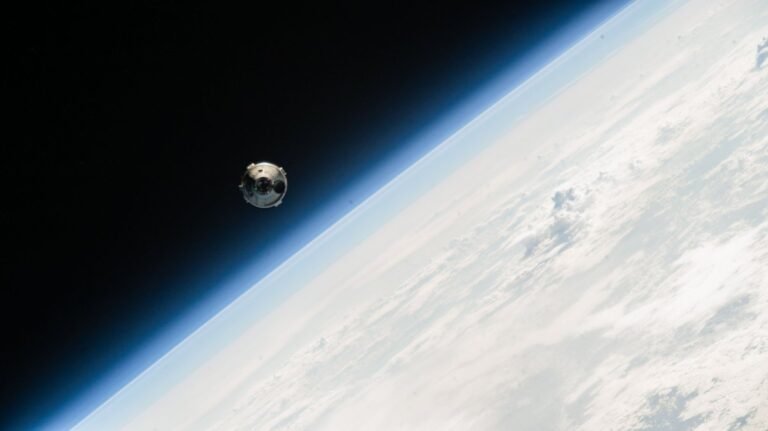
Boeing’s Starliner spacecraft has successfully delivered two astronauts to the International Space Station, a key milestone in the aerospace giant’s quest to certify the capsule for regular crewed missions.
After taking some time to equalize pressure between Starliner and the station, the hatch opened at around 12:46 PM.
“Nice to be attached to the big city in the sky,” Wilmore said to Mission Control.
Welcome aboard Starliner crew!!
This mission is the critical final step before Starliner can be certified for regular astronaut transportation missions with NASA.
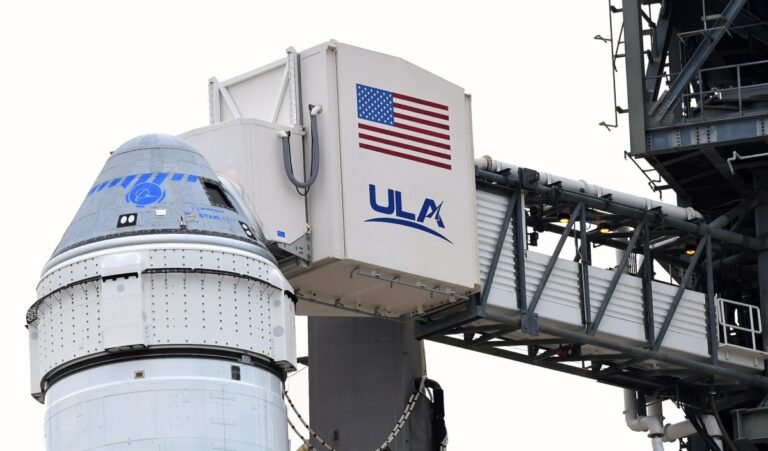
Boeing’s Starliner spacecraft is officially on its way to the International Space Station, marking a historic first for the long-delayed astronaut transportation program.
If all goes to plan, Boeing will become NASA’s second astronaut transportation provider, joining Elon Musk’s SpaceX.
Boeing did execute a successful uncrewed mission to the ISS in May 2022, but this is the first time the spacecraft has carried humans.
While Boeing has struggled, SpaceX has soared: Using its Crew Dragon capsule, SpaceX has been providing astronaut transportation to and from the ISS since 2020.
This is the last major step before Starliner can be certified as an operational crew system, and the first Starliner mission is expected to launch in 2025.
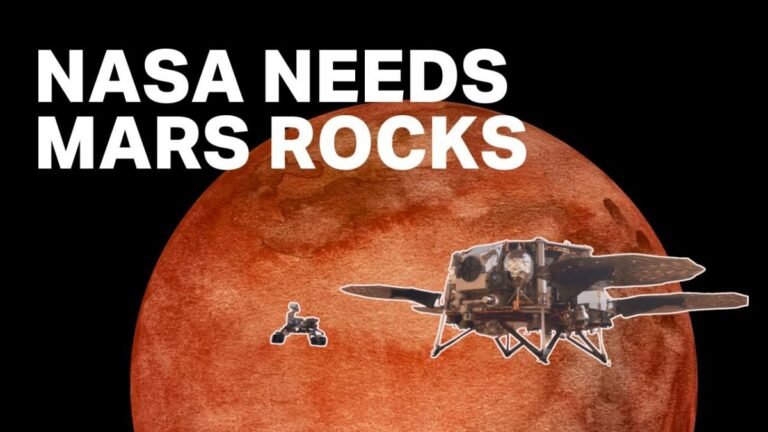
NASA’s decision to scrap its $11 billion, 15-year mission to Mars to bring back samples could create a startup feeding frenzy, TechCrunch reports.
Describing its plans as too slow, and too expensive, NASA is going back to the drawing board, with an eye on getting the space industry to help.
But space startups are not worried about it.
So, the NASA money might have a bunch of startup-sized buckets to drip into, and I am here for it.
To that end, if any startup that works with NASA on the Mars rock mission needs a human to send up there to check on the dials and such, I’m your guy.

Inversion Space is aptly named.
Inversion has developed a pathfinder vehicle, called Ray, that’s a technical precursor to a larger platform that will debut in 2026.
Impressively, the company has designed and built almost all of the Ray vehicle in-house, from the propulsion system to the structure to the parachutes.
“The purpose of our Ray vehicle is to develop technology for our next-gen vehicle.
As such, we’ve built basically the entire vehicle in-house,” Fiaschetti said.

NASA Administrator Bill Nelson has pronounced the agency’s $11 billion, 15-year mission to collect and return samples from Mars: insufficient.
But the strategy shift could be a huge boon to space startups, to which much of that planned funding will almost certainly be redirected.
(There’s plenty of time to save and repurpose the most important concepts and research already done by NASA and its partners.)
But the official announcement, and the implication that it is the new generation of space companies that will accomplish ambitious goals like a there-and-back trip to Mars, must be very validating.
Whatever that new plan may be, it will almost certainly rely far more than before on commercial services and hardware.

Hello and welcome back to TechCrunch Space.
You also can send a note to the whole TechCrunch crew at tips@techcrunch.com.
For more secure communications, click here to contact us, which includes SecureDrop instructions and links to encrypted messaging apps.
The Space Force has contracted out its next “responsive space” mission, and this one is a doozy.
The two awardees, Rocket Lab and startup True Anomaly, will each build and launch spacecraft that will conduct rendezvous and proximity operations on orbit.
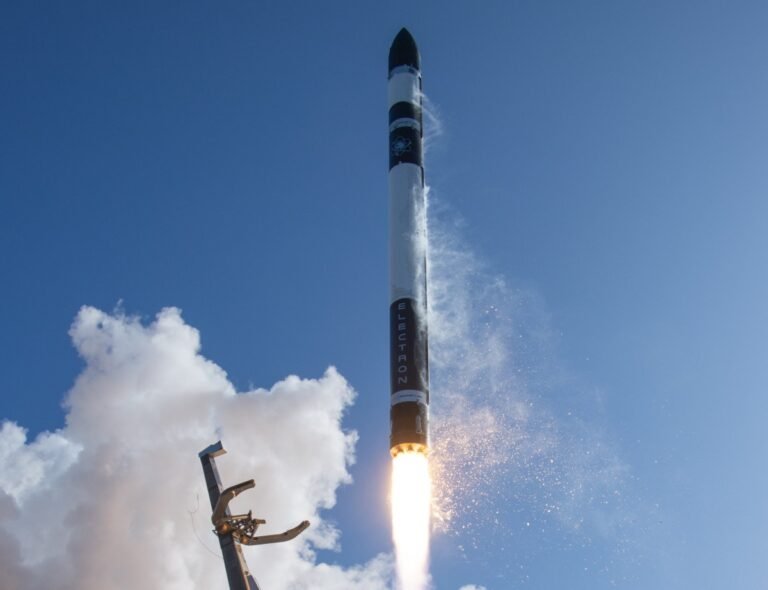
Rocket Lab and True Anomaly will attempt to deliver and operate space hardware for the military under intentionally tight timeframes, as part of the Space Force’s push to solicit “tactically responsive” space capabilities from commercial companies.
As part of Rocket Lab’s $32 million contract, it will also launch the satellite with its Electron rocket.
True Anomaly will partner with an unnamed “trusted commercial launch provider” for its ride under its own $30 million contract, according to a statement.
Once in orbit, Rocket Lab and True Anomaly must rapidly commission and ready their spacecraft for operations — with each other.
If all goes to plan, Rocket Lab’s Pioneer satellite will conduct the so-called rendezvous and proximity operations with True Anomaly’s Jackal spacecraft.













